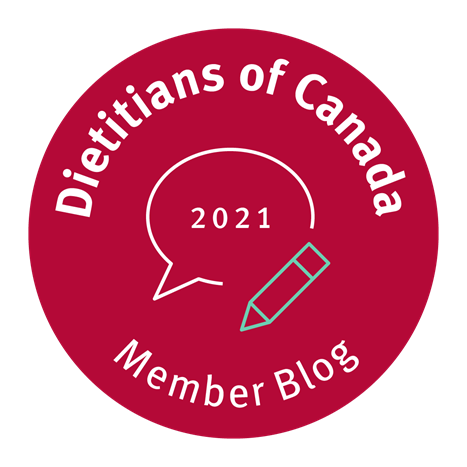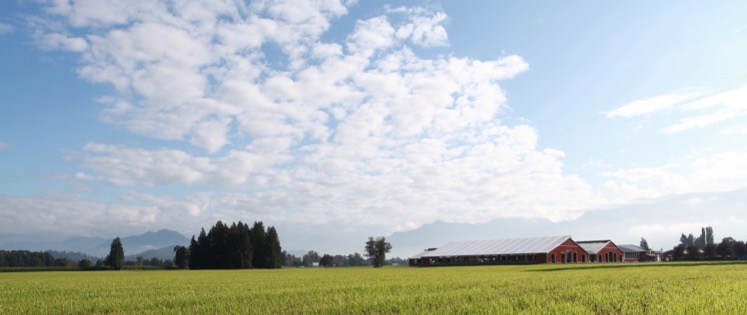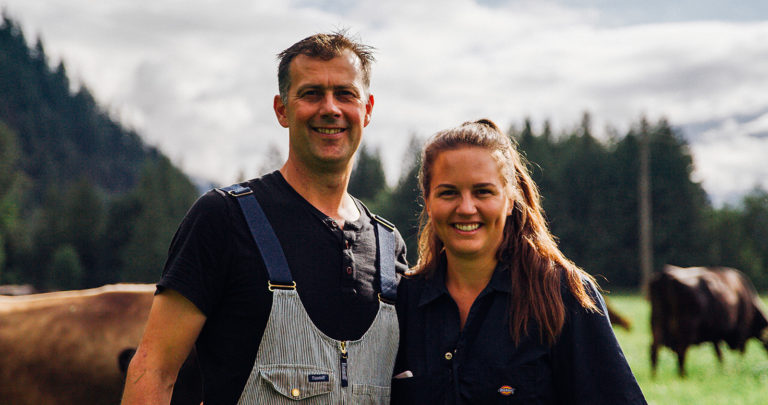We can’t eat our way out of the climate crisis
At BC Dairy Association’s 20th Annual Nutrition Forum, University of California Davis air quality expert and researcher, Dr. Frank Mitloehner emphasized that we can’t eat our way out of the climate crisis. “The notion that a change of our diet would have a drastic impact on climate is completely overblown.” He commented that it’s dangerous to focus attention solely on food choices because it takes discussion away from the “800-pound gorilla in the room,” which is the contribution of the energy sector to the climate crisis. Mitloehner pointed out that the use of oil, coal, and gas to power “cars, trucks, planes, ships, power plants, cement industry and so on [comprise] the lion’s share of the US greenhouse gas emissions.” If we want to address global warming, we have to focus our attention on fossil fuels, he said.
Plant agriculture in US only accounts for 0.6% of global GHG, while animal agriculture only accounts for 0.5%
The US contributed 12% to the global greenhouse gas footprint, and 11% of that came from fossil fuels. The US food system contributes little more than 1% of global greenhouse gas (GHG) emissions, with 0.6% coming from plant agriculture and 0.5% coming from animal agriculture, based on figures from the US EPA Greenhouse Gas Inventory, 2017.
If we just look at GHG emissions in the US (vs the global picture), agriculture accounts for 10% of GHG emissions while the electricity, transportation, and industry (particularly the cement industry) sectors account for a total of 77% of emissions. The residential and commercial sectors make up the remaining 13%.
The numbers are similar in Canada, where agriculture also accounts for 10% of the Canadian GHG emissions (Breakdown of Canada’s Emissions by Economic Sector (2018) in National Inventory Report 19190–2018: Greenhouse Source and Sinks in Canada).
Carbon dioxide vs methane
When it comes to the discussion of agriculture and GHG emissions, much attention is focused on methane. However, a better understanding of the role carbon and methane play in the climate crisis is needed so we can really understand how to mitigate global warming.
Mitloehner explained the difference between carbon and methane, using a bathtub for each as an analogy. The carbon dioxide bathtub only has a faucet, no drain. Every time you open the tap, the tub fills with carbon, he said. This is the problem with carbon contributions to our atmosphere. Carbon is a “stock gas”. It stays “stocked” in our environment for about 1000 years. Every time you drive your car, you add new carbon to the stock, explained Mitloehner: We extract the carbon from the ground in the form of fossil fuel and add new carbon to the atmosphere. This accounts for almost 80% of the GHG emissions, he said.
Going back to the bathtub analogy, Mitloehner described the methane tub as not only having a faucet, but also a drain. That’s because methane is recycled carbon, not new carbon. Carbon from the atmosphere is incorporated into plants via photosynthesis. Ruminant animals such as cows eat the grasses. They digest the grass in their rumen and produce methane as a byproduct, which is belched back into the atmosphere, where it remains for about 10 years (as opposed to 1000 years for the carbon from the burning of fossil fuels) before it’s recycled.
No new carbon in the atmosphere
This recycling of methane, known as the biogenic carbon cycle, means that as long as herd sizes remain stable, there is no new carbon in the atmosphere from livestock. Methane is a “flow gas”—it doesn’t stock up in the developed world where herd sizes have shrunk, not grown. Due to better on-farm practices and advances in genetics, farmers in Canada and the US are able to produce more food in the form of dairy and meat with fewer animals.
While agriculture contributes 10% of the GHGs in the US, what’s rarely mentioned is that this sector is also a sink for almost 12% of GHGs. The livestock sector actually has the capacity for providing a solution to the climate crisis. “Let that sink in,” says Mitloehner. Farmers and ranchers should be looked at as “a valuable solution provider,” he said.
The conventional way of comparing methane to carbon dioxide states that methane has 28 times the global warming potential of carbon dioxide. But this does not take into account the fact that methane provides a sink almost equivalent to its contribution. Dr. Mitloehner reveals that the conventional approach overestimates the warming potential of methane by a factor of 4. Myles Allen of the University of Oxford proposes a new solution that takes into account the fact that the carbon from methane is not only produced but also destroyed. Using this new method, we can see that decreasing methane, as is happening in North America, actually leads to a net cooling effect, much like planting trees.
What can we do to help?
In contrast to the situation in North America, the methane bathtub in the developing world is running at full force, and the drain can’t empty fast enough. Mitloehner pointed out that 70-80% of the global footprint of livestock occurs in developing countries, according to the International Panel on Climate Change.
In order to satisfy the 2050 challenge of providing enough food for our growing global population, we must be able to do more with less. “This is the cornerstone of sustainability,” explained Mitloehner. In North America, we have fewer animals yet we are able to produce more milk and more meat with these smaller herds. “The carbon footprint of a glass of milk in the US has shrunk by two-thirds over the last 70 years,” he observed. “We have no alternative to becoming more efficient in order to satisfy the global demand, particularly for proteins.” Dr.Mitloehner emphasized that developed countries must work together with developing countries to improve agricultural practices on a global level.
Another way to help is to reduce food waste. Food waste occurs largely at the consumer level in the developed world: about 40% of food is wasted, which is a great waste of the energy required to produce that food.
Learn more about what Dr. Frank Mitloehner has to say by watching his presentation.
by Sydney Massey, MPH, RD




